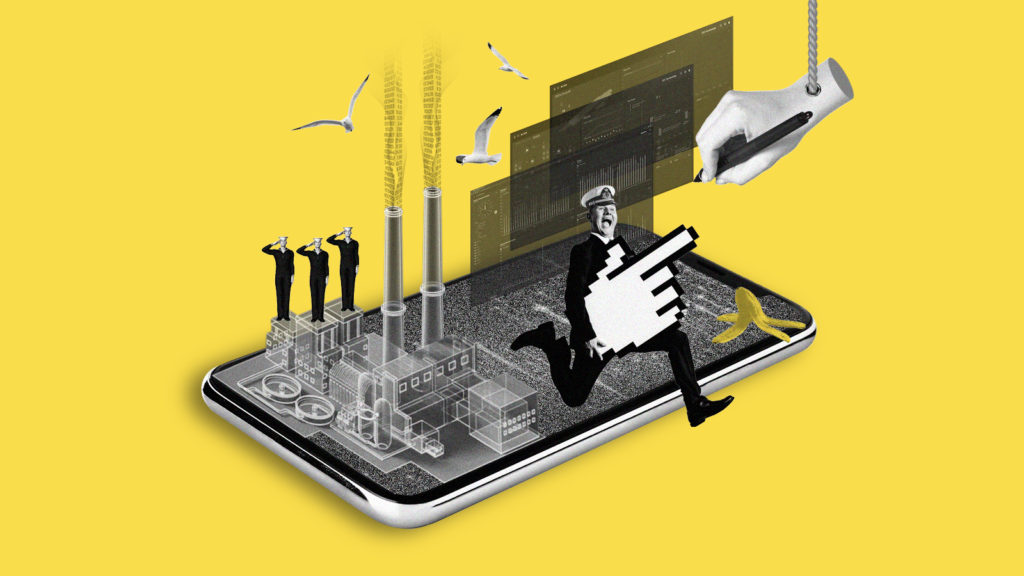A tool for an overview of the machines. A tool for team organization. An interface for digital exchange with colleagues. A software for reporting and analysis. With various sub-pages and, of course, each tool has its own log-in. The idea of having to work with all of this every day makes your head spin. Clarity and efficient use of data definitely looks different.
Platform solutions as key to success
Digitization is complex, especially when as many different processes have to be mapped as production. But this complexity can take place at the IT infrastructure level and does not necessarily have to be part of the employees’ everyday work!
The future of digital production does not consist of various isolated applications, separate data streams and work areas. The key to success lies in an integrated approach comprising all data, resources and work processes. It is obvious that this provides a much better overview – while at the same time offering modularity and scalability. This is elementary, since the development of a production to a smart factory takes place step by step and not in one go.
Intuitive software use
But a platform alone does not make efficient use of data. So what is really important? The benefit of a platform can only be as great as its ease of use for the employee. After all, in a stressful working environment, an incomprehensible, highly complex presentation means that only the information that is understandable at first glance is perceived. If this is only the case for a few percent of the data, there is virtually no point in the platform theoretically providing even more information.
So what does this mean for the digital strategy of a production company? People and their way of perception, working methods and habits must be at the heart of the decision for or against software. Software that leaves the user experience (UX) of the employee outside the picture will never be able to develop its full efficiency in everyday production – no matter how intelligent and comprehensively programmed it may be.
Fun with technology
However, an intuitive UX design is only one pillar for a user-friendly software approach. Equally important is the user interface (UI). A clear, self-explanatory presentation that focuses on the information relevant to the employee gives the employee the feeling that the tool makes work easier rather than an additional burden. If the one or other playful element is then integrated, the use of the platform becomes a positive experience in everyday work.
The success of the production of the future depends largely on whether and how employees are enabled to achieve their highest level of efficiency within digital and automated production. With the right UX/UI design of a platform, employees will not only be connected in the sense of technology, but they will also connect in a completely new way with their tasks, the team and within the entire production process. And this is exactly the moment when an employee reaches a new level of efficiency.
You want to know how such an intuitive software solution can look like in practice? One example is our solution for digital shop floor management! Read more about it here!
